(Paris 1826 - Paris 1900)
Noli me tangere (?)
Oil on mahogany panel
H. 19 cm; L. 35 cm
Signed lower left
Provenance: Private collection, Paris
Student of Michel Martin Drolling, Lehmann or even Cogniet in 1846, the young son of a Parisian architect will begin his exhibitions at the Salon des Artistes Français in 1857. Jules Valadon will obtain there several medals and will see his reputation embellished by his portraits and expression heads.
We see in this mystical-looking landscape, a representation of a passage from the Gospel of saint John, during the resurrection of Christ, himself addressing Mary Magdalene. The saint is on her knees beside Christ and addresses him not believing in his presence among the living. After some exchanges, at 20.17: Dicit ei Jesus: "Noli me tangere, nondum enim ascendi ad Patrem meum: vade autem ad fratres meos, and dic eis: Ascendo ad Patrem meum, and Patrem vestrum, Deum meum, and Deum vestrum . "Christ said to Mary Magdalene" Do not touch me, I have not yet ascended to the father ".
In the history of art, this passage from the Gospel is known by the famous paintings of Boticelli, Giotto, Fra Angelico, il Corregio, Poussin, Véronèse and more recently by Maurice Denis and some painters replacing the subject at the end. from the 19th century. These late representations are not always perfectly readable by compositions inked in landscapes that are sometimes more important than the subject. This is also what we assume for our panel, with the desert mountains that can represent the location of the Holy Sepulcher, virgin of all constructions and pictorial. Valadon opting here for his technique of scribbling with the back of his brush or a feather in the still fresh material, he surrounds the figures with luminous halos, mainly the one on the left to represent Christ.
The very particular technique and this warm light bring to the composition its symbolist soul, and brings out the most interesting part of Jules Valadon's work.


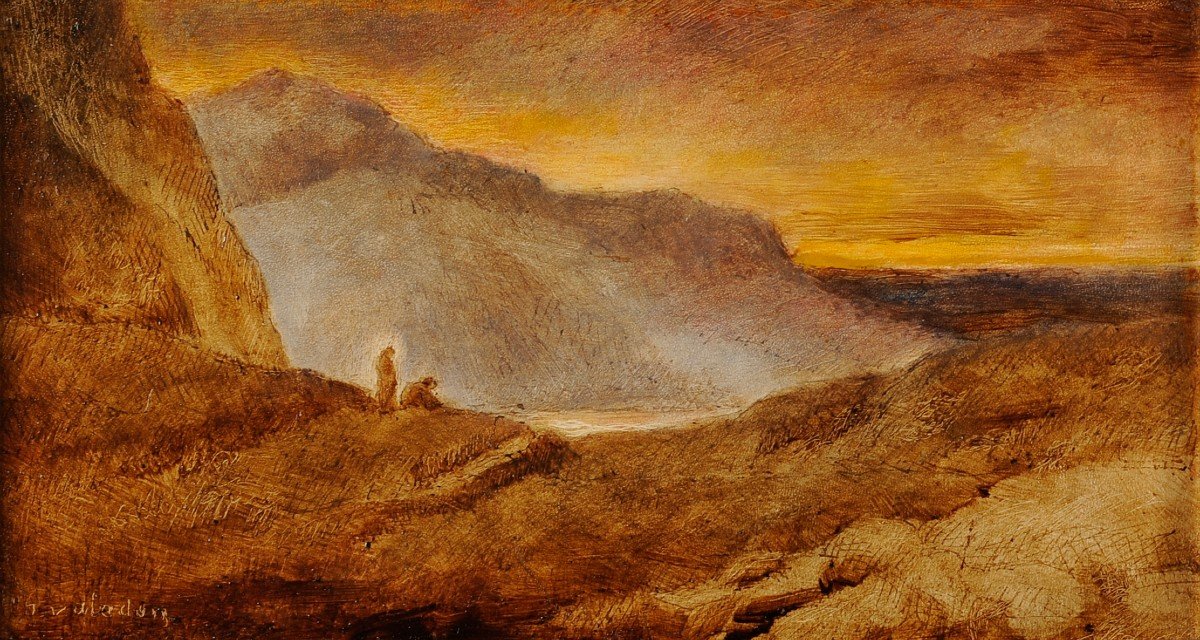













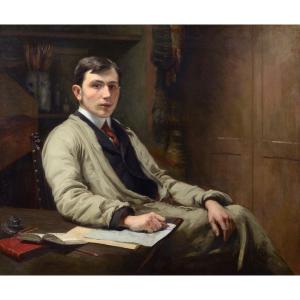


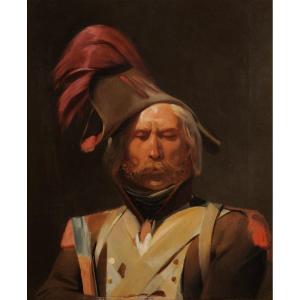

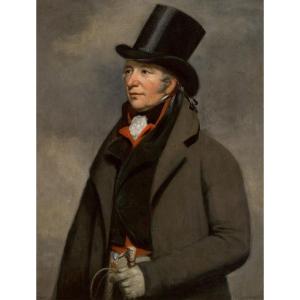





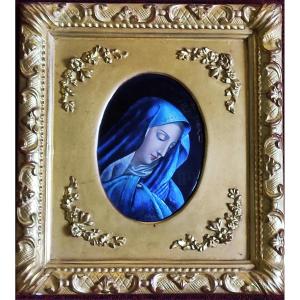
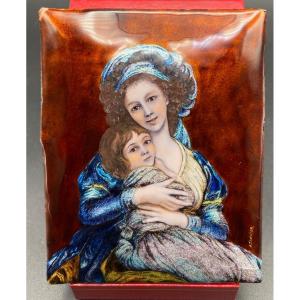






 Le Magazine de PROANTIC
Le Magazine de PROANTIC TRÉSORS Magazine
TRÉSORS Magazine Rivista Artiquariato
Rivista Artiquariato